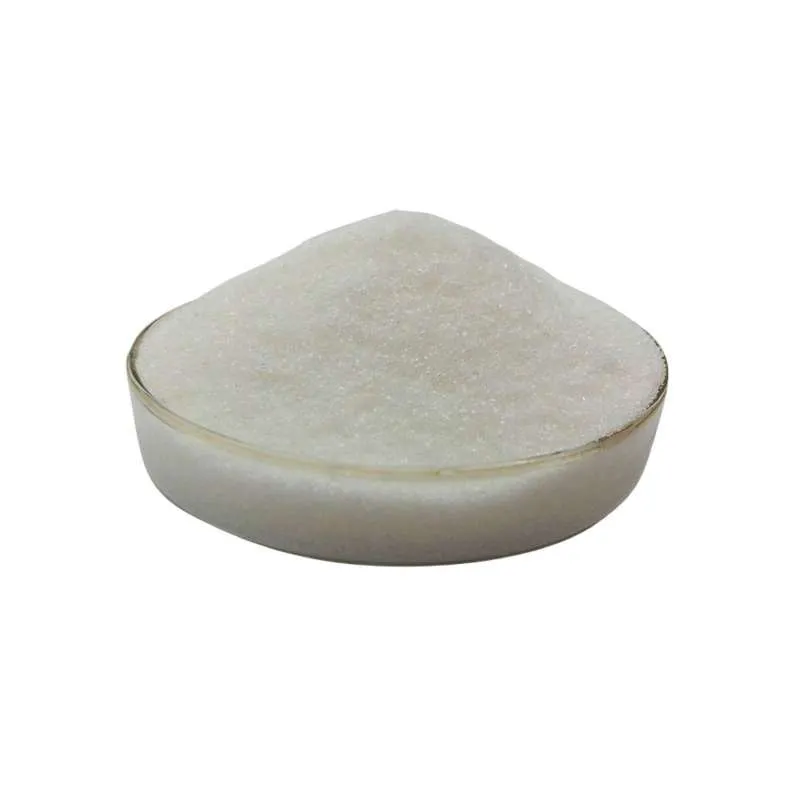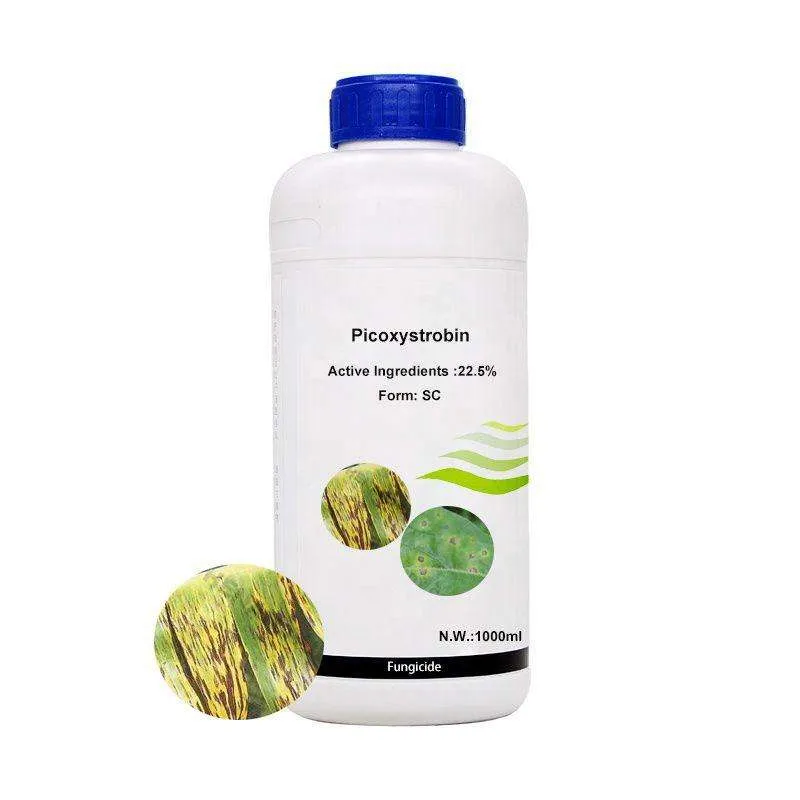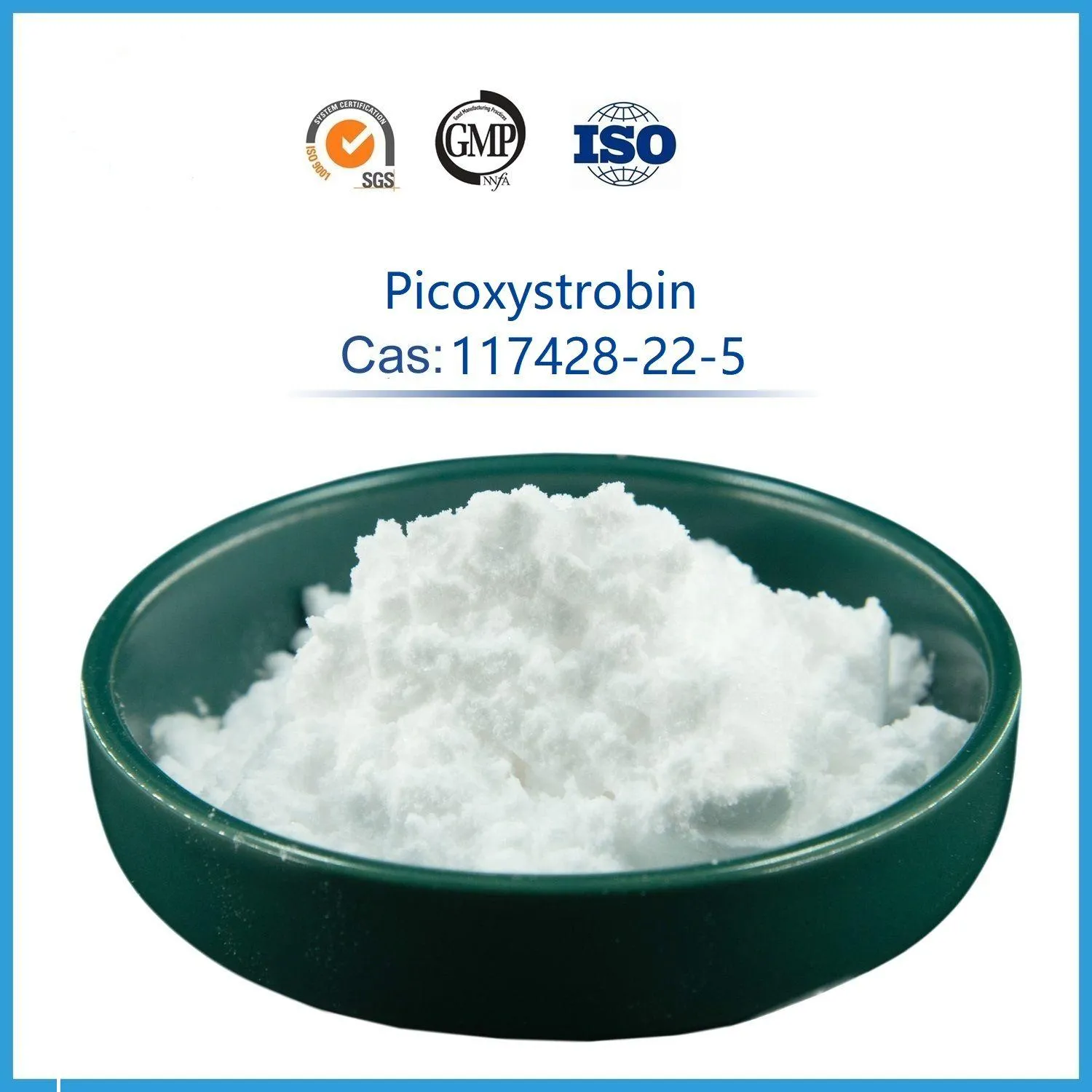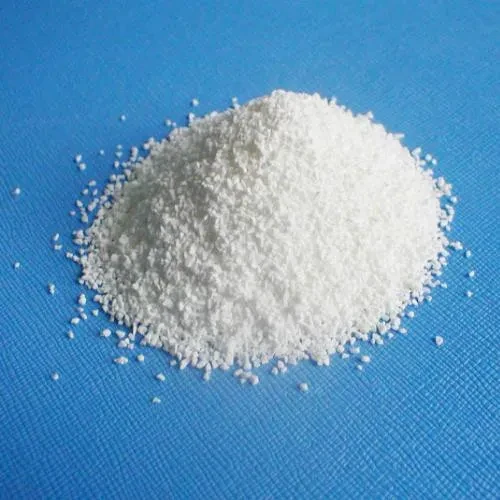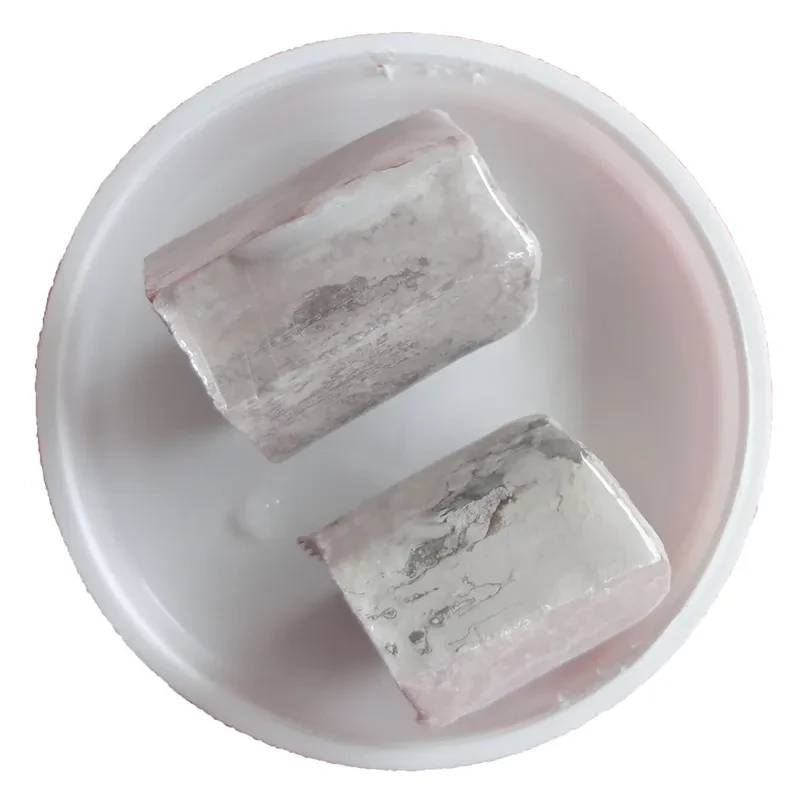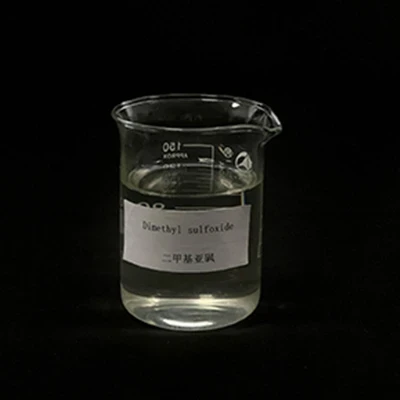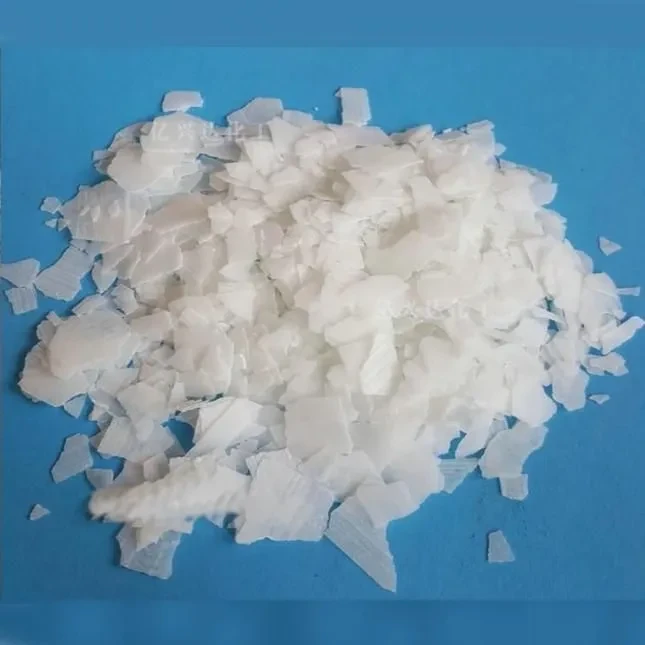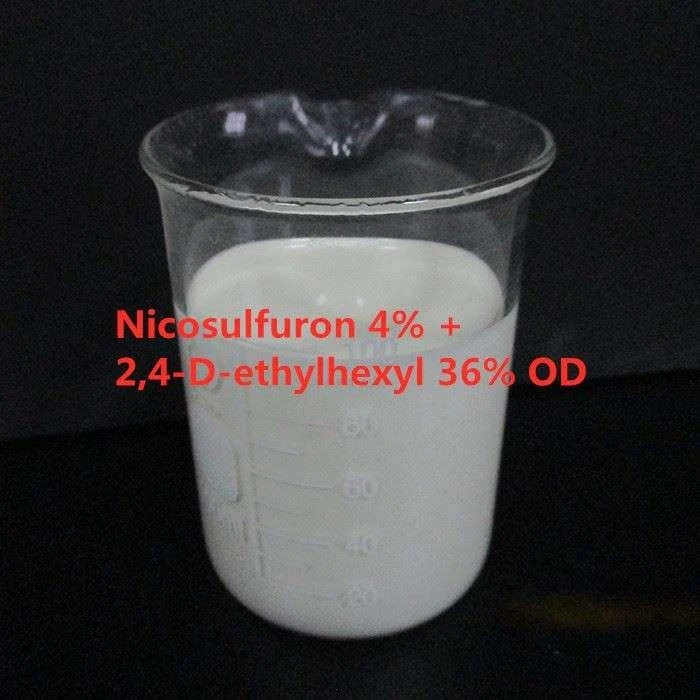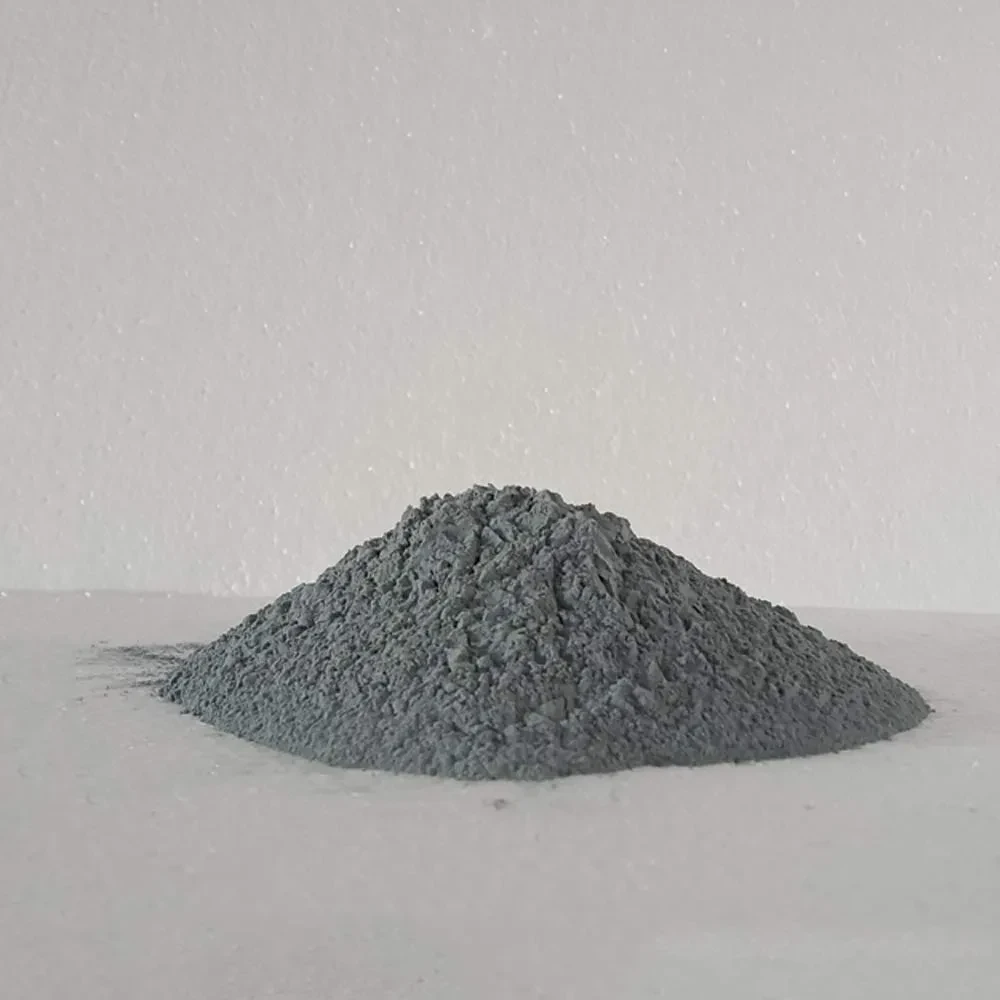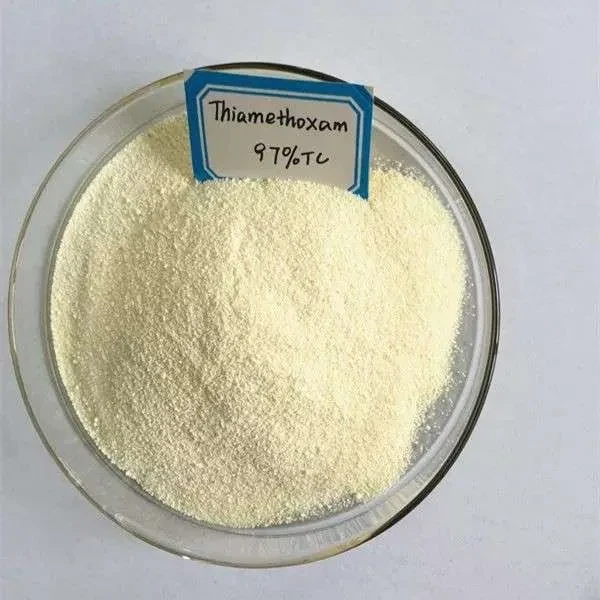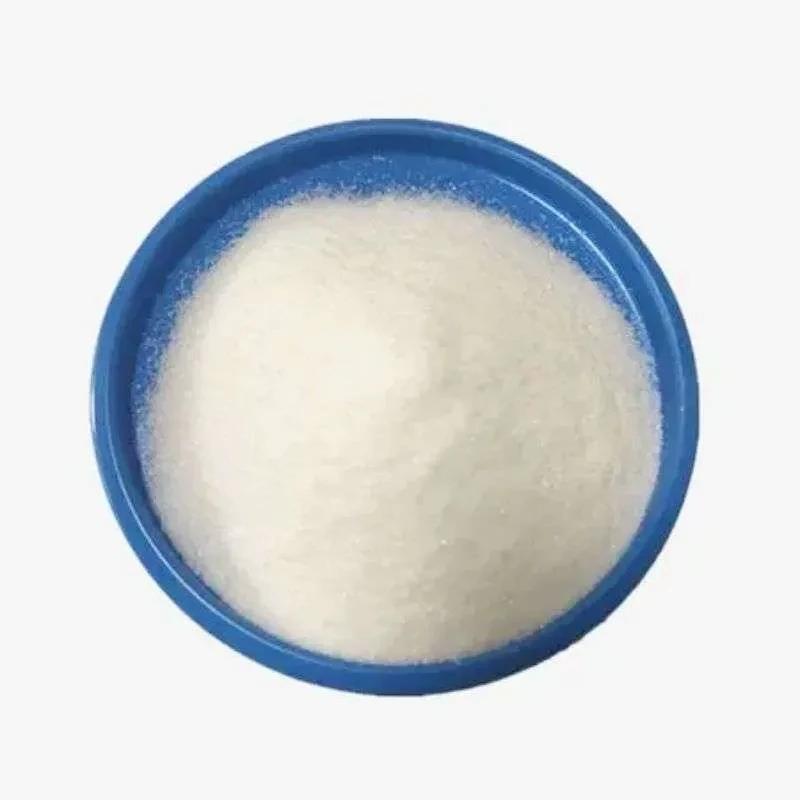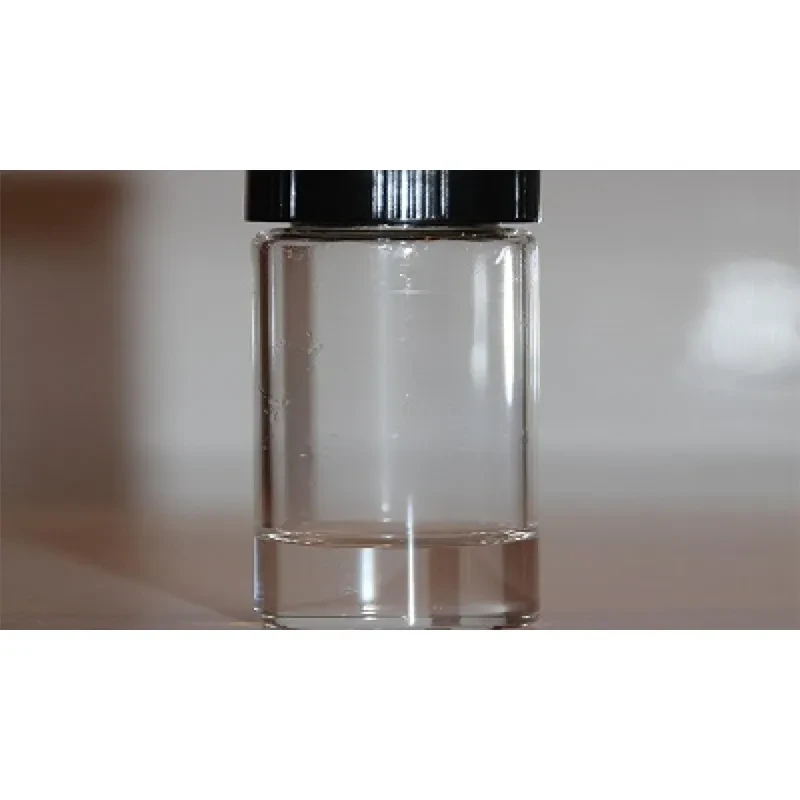CAS: 117428-22-5
MF: C18H16F3NO4
MW: 367.32
EINECS: 601-478-9
Melting point 75°
Boiling point 453.1±45.0 °C(Predicted)
density d20 1.4
vapor pressure 34hPa at 20℃
storage temp. Store at -20°C
solubility DMSO : 100 mg/mL (272.24 mM; Need ultrasonic)
pka -1.09±0.24(Predicted)
form Solid
color Light yellow to brown
Water Solubility 3.25mg/L at 20℃
Stability: Hygroscopic
Hazard Codes N
Risk Statements 50/53
Safety Statements 60-61
RIDADR UN 3077
WGK Germany 2
HS Code 29333990
Picoxystrobin, as a kind of Strobilurin analogues, is a kind of fungicide. It can be used for control of many kinds of fungal diseases such as yellow, brown, crown rusts, powdery mildew, and sooty mold, net and leaf blotch as well as tan spot occurring on cereal crops such as wheat, barley and oats and rye. It takes effect through inhibiting the electron transfer in mitochondria, further inhibiting the fungal respiration, disrupting metabolism and stopping the growth of the related fungi. It has both preventative and curative properties. It can be used either as a single fungicide or in combination with other fungicides such as Cyproconazole and cyprodinil.
Picoxystrobin (methyl (E)-3-methoxy-2-[22(6-trifluoromethyl- 2-pyridyloxymethyl)phenyl]acrylate from Zeneca Agrochemicals (now Syngenta Crop Protection) was first described by Godwin et al. (33), and is being developed for broad-spectrum control of cereal diseases. The redistribution properties of the molecule, which combine xylem systemicity and vapor phase activity, are considered important in achieving high levels of control of a range of diseases. Picoxystrobin has favorable safety and environmental profiles, and enhances grain yield and quality. Picoxystrobin is an methoxyacrylate strobilurin fungicide designed for the control of wide range of cereal diseases. Agricultural fungicide.



